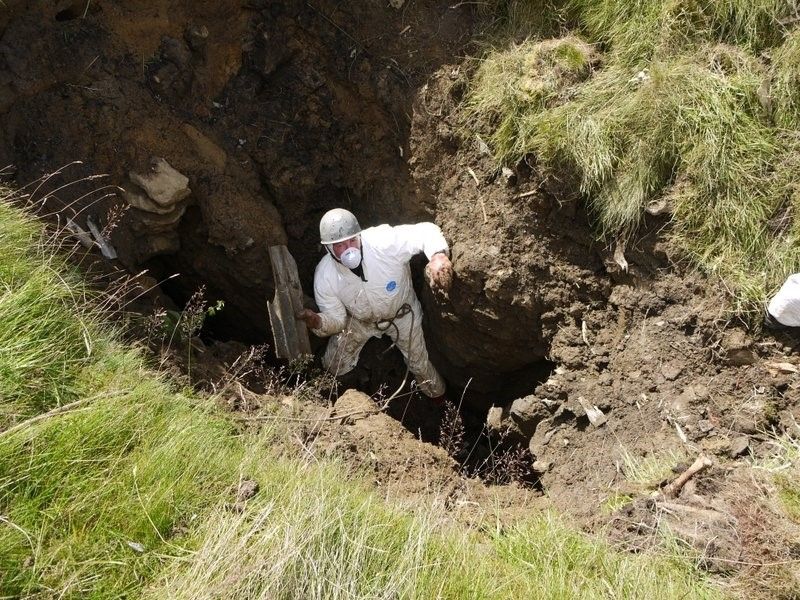The caves of the UK are a very special place indeed, offering glimpses into history and geology.
Not only are caves often adorned with formations such as stalactites and stalagmites, which are fragile and easily damaged by touching, but they are also unique habitats for wildlife, and they contain scientifically and geologically valuable sediments and resources. They represent some of the last parts of Earth untouched by human exploration.



All human exploration of caves has some impact. Changes in air current or temperature from the opening of entrances, disturbing of cave-dwelling species, footprints, creating dust, or accidental damage are all hard to avoid, and all mean that the cave found by the original explorers will naturally change with continued human visitors.
As cavers we want to maintain our excellent reputation for looking after caves and ensuring our passage through them has minimal impact. This helps to ensure the caves can be enjoyed in the same state by future generations as we are enjoying them today.
For all these reasons, cave conservation is a critically important activity, one which is sometimes best undertaken by cavers themselves, and which is one of the most important of all BCA functions. Cave conservation is not about barring people from caves and imposing unwieldy restrictions; it is about encouraging a duty of care upon all cavers to consider all their actions in a cave and educating them about how best they can minimise any lasting impact on the environment.
Minimal Impact Caving Guidelines
The BCA has partnered with Natural England to put together our Minimal Impact Caving Guidelines. This thought-provoking document should be read by all cavers, experienced and novice alike, and provides excellent advice on how you can help ensure your trip has the least possible impact on the cave environment.
Through responsible cave exploration, we can all ensure that these unique and irreplaceable environments are conserved as best as possible.
In some places damage has already been done (pre-dating many of the current conservation education initiatives). Attitudes in the past were different from today. Through conservation works some of this is being put right to enable natural regeneration to take place.
Conservation work itself can take many forms, including surface works on stiles and footpaths, or restoring areas affected by caver traffic. Alternatively, at cave entrances work can involve removal of historic waste, landscaping, stockproofing or construction work to make the entrance safe and stable. Within the caves themselves work can include removal of litter or washed-in debris, restorative or protective works to stal or sediments, grafitti removal, documentation, placement of conservation tape, and photographing. Conservation work also covers education of cavers and training in conservation techniques.
The BCA supports initiatives conducted by clubs and Regional Caving Councils, including providing funding for cave conservation work, from volunteer travel expenses to materials and equipment. This money all comes from BCA funds, which are drawn almost entirely from membership subscriptions.
If you spot any cave, or route used predominantly by cavers, that requires conservation work, we recommend getting in touch with your Regional Caving Council:
- Cambrian Caving Council
- Council of Northern Caving Clubs
- Council of Southern Caving Clubs
- Derbyshire Caving Association
- Devon & Cornwall Underground Council
For more information and documents on BCA’s involvement, see our Conservation and Access Committee page.
